ROOM: The Space magazine is one of the prominent magazines on space exploration, technology and industry. At ROOM, we share a common goal – advancement of peaceful space exploration for the benefit of humankind, all while bringing you incisive articles on an assortment,a range of popular topics. Our authors include experts and industry leaders from all over the world, which lets us bring you the most up-to-date and comprehensive information about shuttle space program.
 August 2016
Polish Space Agency pursues task of developing country’s space expertise
August 2016
Polish Space Agency pursues task of developing country’s space expertise
... programmes relevant to Poland’s national interest and economy. In the exploration and use of outer space technologies, space systems and the application of satellite techniques taking into account the principles of competition for public...many challenges. Among the most important ones are coordinating and leading discussions between the space industry and space law and policy in order to increase Poland’s participation in the international sphere....
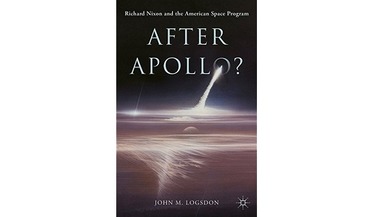 26 February 2018
After Apollo? Richard Nixon and the American Space Program
26 February 2018
After Apollo? Richard Nixon and the American Space Program
... his readers from the end of the Apollo era to the ‘What Next?’ Space Shuttle era with some damning analysis on the way. “The space program was not high on Nixon’s policy agenda”, says the author with intentional... in the book. “I am sure that many people will not agree with my assessment of the Nixon space heritage, especially with respect to the space shuttle”, says the author, but rightly makes no apology. After a career devoted to the programme...
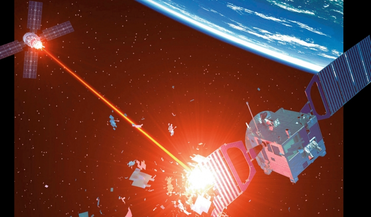 June 2022
Military space – how worried should we be?
June 2022
Military space – how worried should we be?
...Only a few reported on its successor, the X-37 spaceplane. In effect, the secret shuttle flights marked the normalisation of military space. Romantic adventure that spaceflight might be, those in authority reached the view - accurately it ... Brothers, 1983) unmistakeably reflected the US government and media portrayal of early space as ‘peaceful purposes’. The Space Shuttle had its own dedicated west coast military base, Vandenberg Air Force Base. ...
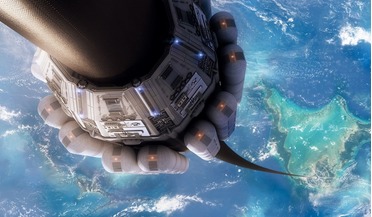 February 2019
The Space Elevator – an alternative path to space?
February 2019
The Space Elevator – an alternative path to space?
... spectacular launch failures. The rocket equation for chemical rockets results in only a small payload fraction. The space shuttle carried only one train-wagon-equivalent payload to LEO, around 27.5 metric tons (mt), or 1.4 percent of total...eventually hit it. This danger is as real as a speck of paint almost taking out the window of the space shuttle! The risks of debris, large and small, and the possible responses are complex [19] and beyond this...
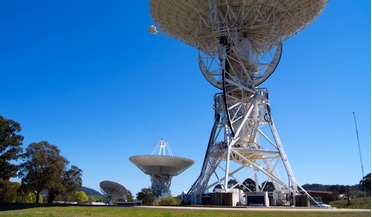 February 2019
Building a space museum from scratch
February 2019
Building a space museum from scratch
... of heatshield, materials from a Mercury spacecraft, and several types of thermal protection tiles used in the Space Shuttle programme. For a space-nut like me, it was heaven. The big crate had my heart pounding. It stood nearly as..., materials from a Mercury spacecraft, and several types of thermal protection tiles used in the Space Shuttle programme. However, the big items like the LM descent engine would require a specially constructed case...
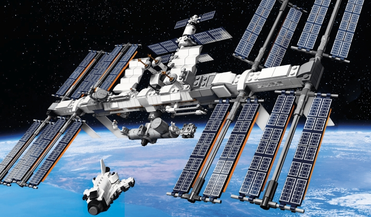 July 2020
Lego’s replica space programme
July 2020
Lego’s replica space programme
...facsimile of the ISS, measuring about 48 x 30 x 24 cm when complete. It is mounted on a Lego-built stand with a Space Shuttle, capsule and several ‘cargo spacecraft’ that can be docked to the station. Like the real thing, the..., lack-of-saleability reasons). It could, however, be time to consider that icon of human space travel, the Space Shuttle, as it drifts further into the mists of history and rose-tinted recollection. About the author...
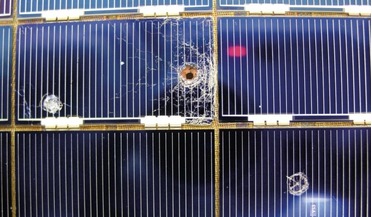 February 2021
Space archaeology - preserving our orbital heritage
February 2021
Space archaeology - preserving our orbital heritage
... flake travelling in excess of 17,500 miles per hour is significant, as shown by craters observed in Space Shuttle windows. Whilst larger assets such as the ISS have Whipple shielding to provide a measure of protection from... Case study One notable space asset within the space heritage discussion is the Hubble Space Telescope (HST). Launched in 1988 aboard Space Shuttle Discovery, it is clear that the venerable space telescope has a limited future...
 February 2020
Preserving our space heritage
February 2020
Preserving our space heritage
...cars, etc, but probably no satellites that have actually flown in space. There are, of course, a few re-entry capsules and a limited cadre of space shuttles, manned vehicles that were deliberately designed to return to Earth. ...satellite is still likely to need attitude control and thermal management to maintain its physical integrity in the space environment. There are also hazards ‘up there’ which exhibits in terrestrial museums do not have to ...
 September 2020
High hopes for Brazil’s space ambitions
September 2020
High hopes for Brazil’s space ambitions
... jobs and incometheir Brazil’s earliest space endeavours date from early in the 1960s when space activities came under the purview of the Air Force. Military oversight of the Brazil Space Program continued until 1994, when it ...was handed over to the newly created Brazilian Space Agency. This was quite a time of change as all players, ...